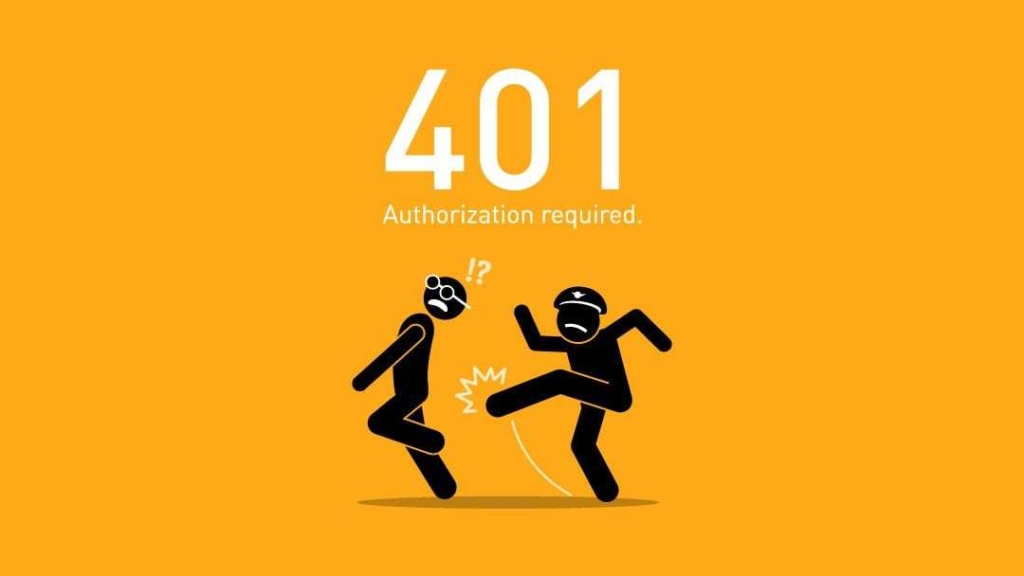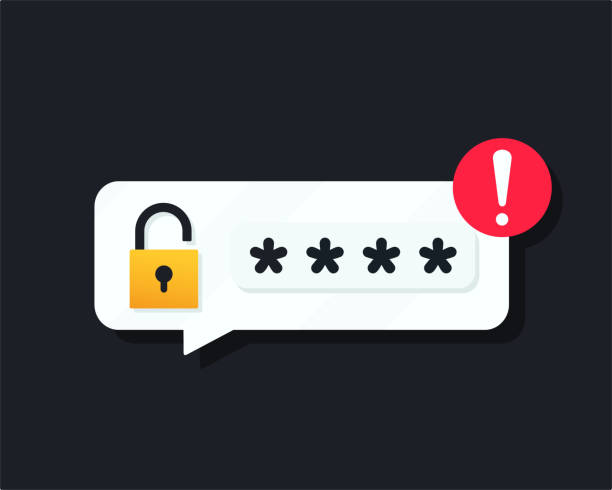Introduction
A 401 Authentication Error is a common issue that web users encounter when trying to access a restricted resource or webpage. The error typically occurs when the server cannot verify the identity of the client or when the provided credentials are invalid. This error can happen due to various reasons, including expired tokens, incorrect login details, or misconfigured authentication mechanisms. We will explore the main causes behind the 401 Authentication Error and provide effective fixes for each. Understanding the causes and solutions for this error will help ensure your application’s authentication system is working smoothly.
What is an “Authentication Error” in the Context of 401?
The 401 Authentication Error is an HTTP status code that indicates a failed authentication attempt. When you try to access a resource that requires authentication (such as a login page or protected API), the server will respond with a 401 error if it is unable to verify your identity or if your credentials are incorrect.
The key point to note about a 401 Authentication Error is that it’s specifically tied to user credentials. This is distinct from other error codes like 403 Forbidden, which occurs when the server understands your request but refuses to allow access due to permission issues. The 401 error, on the other hand, simply means that authentication has failed.

Common Causes of 401 Authentication Errors
Several factors can trigger a 401 Authentication Error. Let’s take a closer look at the most common causes.
Invalid Credentials
The most common cause of a 401 Authentication Error is invalid credentials. When you try to log in or access an authenticated resource, the server checks the username and password (or another form of credential) against its database. If these credentials are incorrect, the server will respond with a 401 Unauthorized error.
There are several reasons why credentials might be invalid:
- Type in the username or password.
- User credentials have changed, and the client is using outdated information.
- The account may have been locked or disabled.
Expired Tokens or Sessions
Many modern web applications use tokens (such as JWT or OAuth tokens) to handle authentication. These tokens have expiration dates for security reasons. When the token expires, the client will no longer be authenticated, resulting in a 401 Unauthorized error.
Similarly, a session may expire if the user has been inactive for a long period. When this happens, the server will no longer recognize the session, and the user will receive a 401 Authentication Error.
Related Posts:
Incorrect Authentication Headers
Authentication headers are critical in identifying the user during an API request. If the client fails to include the correct authentication headers in the request, the server will return a 401 error.
For example, if an API request requires a Bearer token but the header is missing or malformed, the server will be unable to authenticate the user. This is a common issue in API integrations and when working with RESTful services.

Fixing Authentication Errors
Once you understand the causes of the 401 Authentication Error, the next step is to address the issue. Here’s how you can fix the common causes.
Re-authenticate the User
If the 401 Authentication Error is due to invalid credentials, the user must re-authenticate. This can be done by:
- Correcting the Username and Password: Ensure that the user enters the correct login credentials. Double-check the username and password for typos or errors.
- Password Reset: If the user has forgotten their password or is unable to log in, provide a password reset option. This allows the user to generate new credentials and regain access to the resource.
If the issue occurs in an application that uses tokens, ensure that the user is provided with a fresh token after re-authentication.
Check Token Expiry Dates
If expired tokens are causing the 401 Authentication Error, the solution is to renew or refresh the token. Many authentication systems provide an option to refresh tokens automatically when they expire. If your system uses this feature, make sure the refresh token process is working correctly.
To resolve token expiration issues:
- Check Expiry Dates: Verify the token’s expiration date in your authentication service. If expires, the user will need to authenticate again to obtain a new token.
- Use Refresh Tokens: If your authentication system supports refresh tokens, use them to automatically renew the user’s access without requiring them to log in again.
Correct API Authentication Flow
API integrations often require that the client passes specific authentication tokens or credentials in the request headers. If the correct headers are missing or improperly configured, the 401 Unauthorized error will occur.
Here’s how to ensure proper API authentication:
Ensure Correct Header Format: The Authorization header must be correctly formatted. For example, with Bearer tokens, the format should be:

makefile
CopyEdit
Authorization: Bearer <token>
- Check API Documentation: Review the API documentation to ensure that you’re passing the correct authentication credentials and headers.
- Handle Missing Credentials Gracefully: If an API request is missing credentials, the server should return a clear error message indicating that the client should include the correct headers.
Key Takeaways
Recap of Troubleshooting Steps and Prevention Tips
The 401 Authentication Error can occur due to a variety of causes, but understanding these causes helps streamline troubleshooting. Here’s a summary of the steps you can take to fix this error:
- Invalid Credentials: Ensure that the user provides the correct username and password. Offer password reset options if necessary.
- Expired Tokens or Sessions: Check for expired tokens or sessions and issue new ones if necessary. Implement token refresh mechanisms to avoid frequent expiration issues.
- Incorrect Authentication Headers: Verify that authentication headers are correctly formatted and passed with API requests.
By following these steps, you can resolve most 401 Authentication Errors and prevent them from occurring in the future.
- 401 Authentication Error occurs when the server is unable to authenticate the user due to invalid credentials, expired tokens, or missing authentication headers.
- Invalid Credentials are the most common cause of the error, so ensure the user enters the correct login information.
- Expired Tokens or Sessions can lead to 401 errors, and it’s important to implement token refresh mechanisms to handle these issues.
- Incorrect Authentication Headers often cause issues when working with APIs, so double-check the headers for proper formatting and inclusion.
- Re-authentication, token renewal, and correct API authentication flow are key to fixing 401 Authentication Errors.
By understanding the causes and solutions for 401 Authentication Errors, you can ensure smoother user experiences and maintain the security of your web applications.
